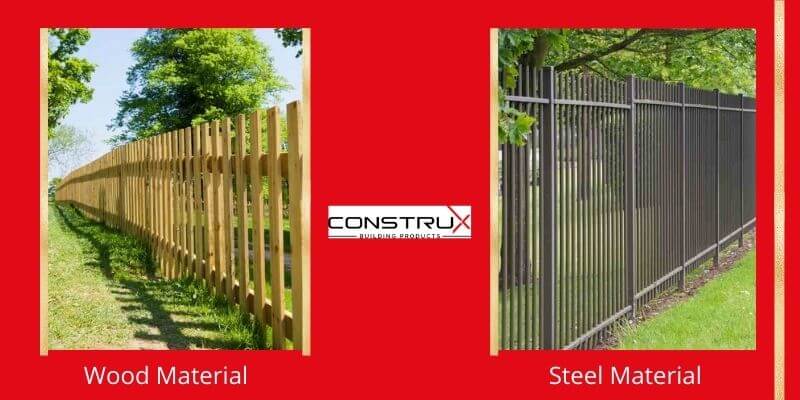
Choose the Right Materials for Your Fence
Are you planning on installing a fence around your home? There are various benefits attached to fence installation; it enhances the aesthetic look of your home, increases the value of your house, and increases your privacy and security.
Materials You Can Use to Build Your Fence
Below are various materials you can use in building your fence.
Wood

Wood is an attractive and classic natural material that can work perfectly for making fences irrespective of any yard style. Redwood, teak, and cedar are famous fencing materials known for their long-lasting and durable properties.
The use of bamboo sticks for fencing has turned out to be a great eco-trend option since the bamboos grow fast. Also, pressure-treated woods are being used nowadays. They enhance durability and resistance to bugs and rot.
The use of wood for fencing can last you for some decades or more with proper care. This, however, depends on the type of wood used. Over time, the wood used for fencing will rot, but before it does, it would have served its purpose.
Vinyl
Vinyl is a material that does not warp or rot, making it an incredible option to consider when choosing fencing materials. Vinyl materials are strong and durable.
For your home renovation projects, vinyl materials are best recommended, as they are easy to install. Vinyl materials come at a higher upfront cost, but they don’t require much maintenance. The little to no maintenance required will make up for the high upfront cost in the long run.
Steel
Steel is a powerful, heavy, and long-lasting material that can be used for fencing. Though rusting is one of the major problems associated with steel, this should not border you too much as the majority of steel fences are coated in powder to prevent rust.
Steel can be stacked, making them excellent fencing materials, especially for houses built on uneven land. The major disadvantage of steel materials is that they can be expensive.
Composite
Composites are made from plastics and wood fibers. They have a similar appearance to wood and have the increased durability of plastic. Composites are more resistant to bugs and don’t rot or warp as wood material does.
The price and quality of different composites vary. So, ensure you do proper research to know the various composite materials available and their prices.
PVC

PVC materials are one of the cheapest fencing materials. They often work as post sleeves, pickets, and stakes. PVC materials increase durability and reduce costs, as less to no wood will be needed in the construction.
Masonry materials
Masonry materials such as block, stone or stucco, concrete, brick, and more, are often overlooked for fencing. Fences built with these materials are known for their longevity; they can last for more than 100 years with proper maintenance.
Metal
Materials like wrought iron and aluminum can be used in building fences. However, these materials have a design aesthetic that you may or may not like around your home. For example, wrought iron can give a stately feel.
Fences built with wrought iron may also require painting and scraping to prevent rust and other signs of wear. Building your fence with metal is not expensive, and it can also last for decades with proper care.
Factors to Consider in Choosing The Fencing Materials
Factors to consider before choosing a fencing material for your home include:
1. Your needs
One of the first things you should consider when choosing a fencing material is why you want to install a fence. If your main concern is privacy or to boost the value of your property, wood fencing is a good option for you.
If you’re only concerned with the containment of animals and children, you can choose from a variety of fencing materials. Once you’ve identified the reason why you need a fence, it will be easier for you to choose the right fencing material.
2. Maintenance cost
Another important factor to consider when choosing a fence material is the cost of maintenance. Materials like wood need the most maintenance. For them to retain their form, you’ll need to repaint regularly.
Although wood fence requires a lot of maintenance, they are quite easy to replace or repair. On the other hand, the maintenance cost for aluminum and vinyl fencing is low. Although their maintenance cost is low, finding a replacement part for a small damaged section can be difficult.
3. Understand your homeowner’s association regulations
Another factor you need to consider before choosing a material for your fence is your homeowner’s association regulations. Sometimes, the kind of fencing materials you can use is regulated by your homeowner’s association.
If you use materials that are against the regulations of your homeowner’s association, you may be forced to pay a heavy fine. So, ensure to check the guidelines and regulations of your homeowner’s association before installing your fence.
4. Understand the major pros and cons of various fencing materials
Before choosing a fencing material, you need to consider the advantages and disadvantages of the material you want to choose. This will help you pick the right material that will suit your needs. It will also prepare your mind against future challenges.
Conclusion
We’ve considered different materials you can use for your fence in this guide. It’s up to you to choose a material that will suit your needs. Whether your reason for fencing is security or beauty, or even both, there are materials to serve that need.



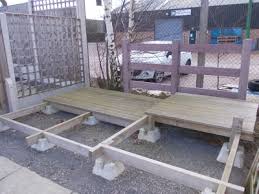
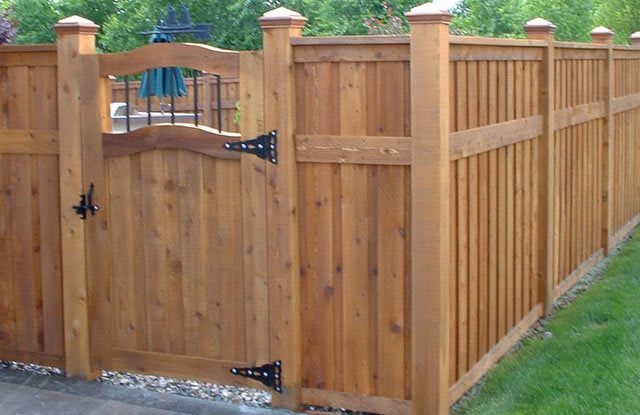
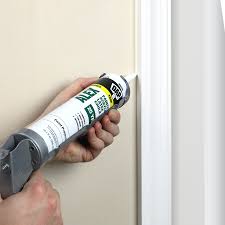

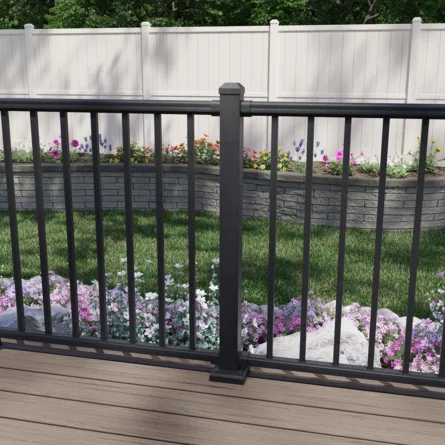
COMMENTS